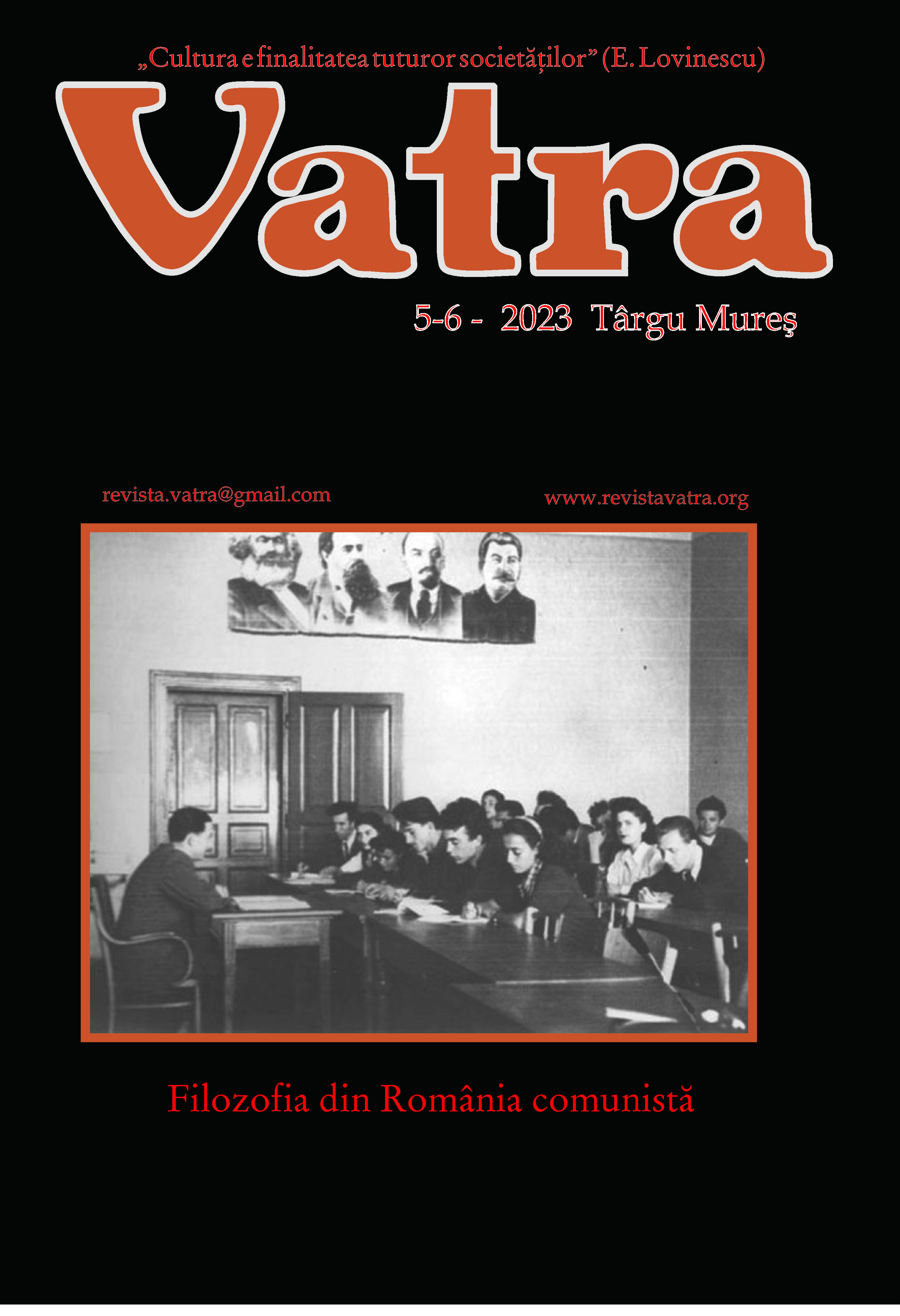
Lecturi - Receptarea literaturii maghiare din Transilvania. Schiță sintetică
Study on the reception of the Hungarian literature în Transylvania.
More...We kindly inform you that, as long as the subject affiliation of our 300.000+ articles is in progress, you might get unsufficient or no results on your third level or second level search. In this case, please broaden your search criteria.

Study on the reception of the Hungarian literature în Transylvania.
More...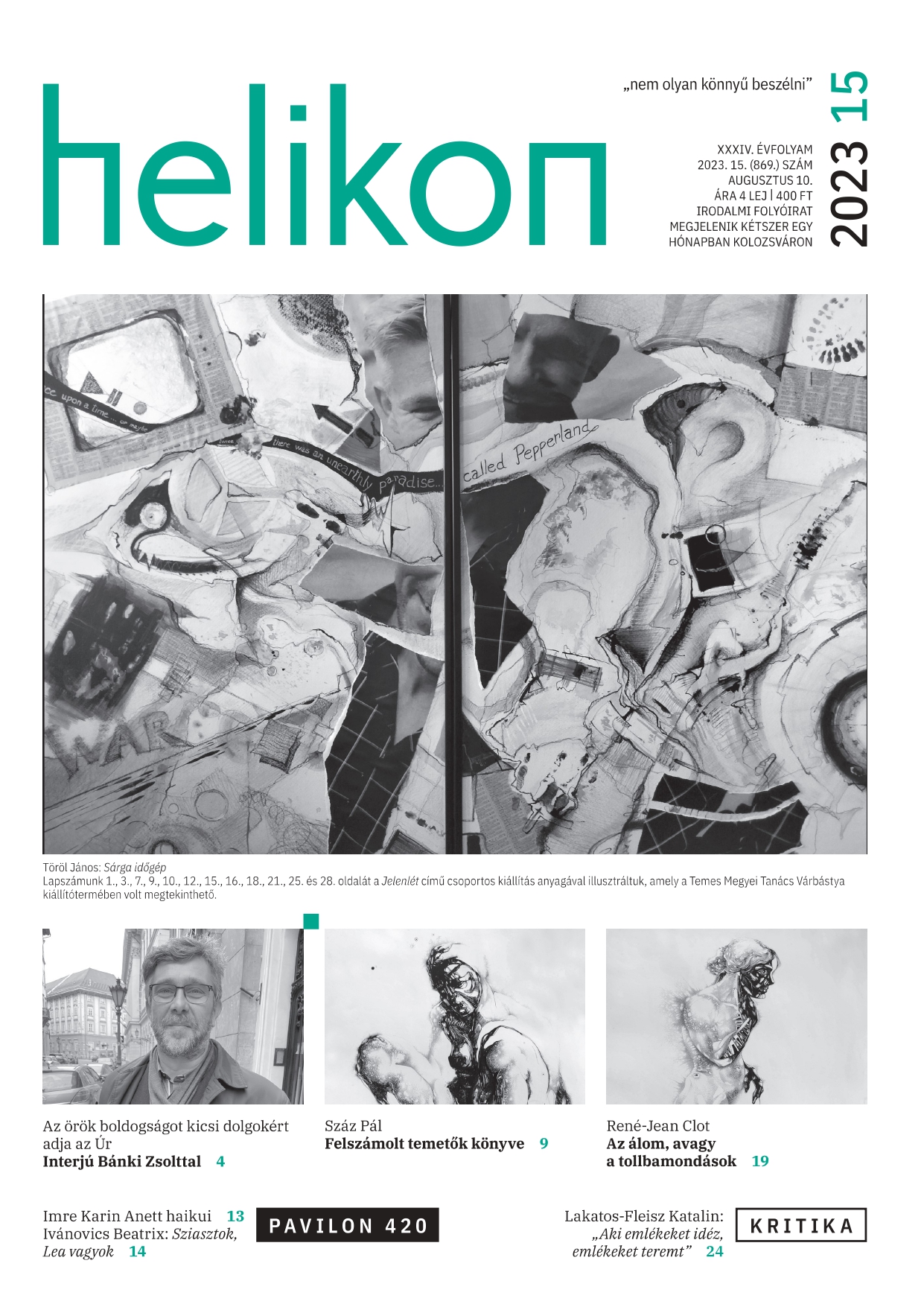
Poems by Boróka Vajda: "Csak amit nagyon muszáj", "hajtóvadászat", "gyermekként nem tudod", "fogócska", "Plútók"
More...

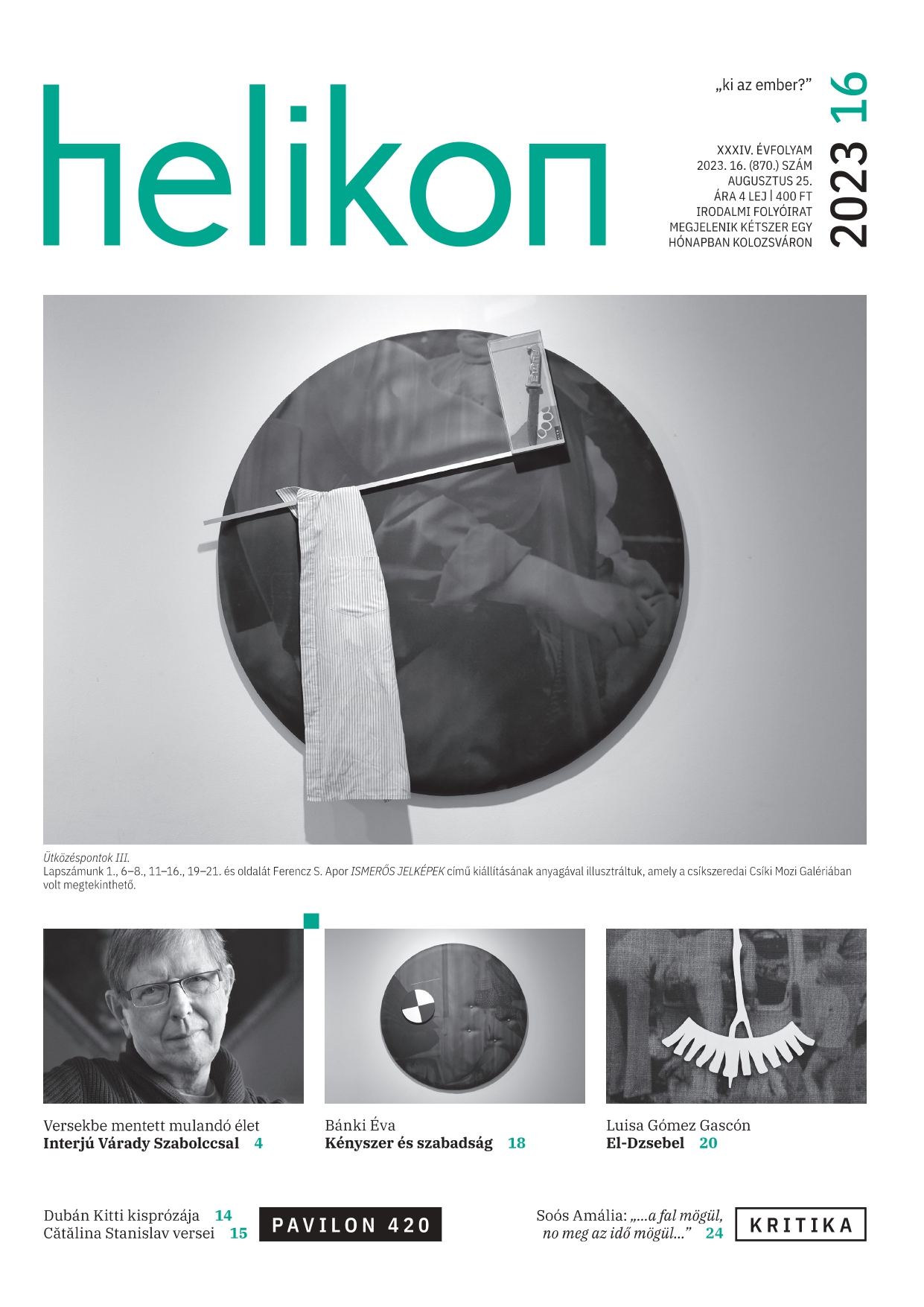
Zsófia Pál-Lukács's interview with Szabolcs Várady
More...
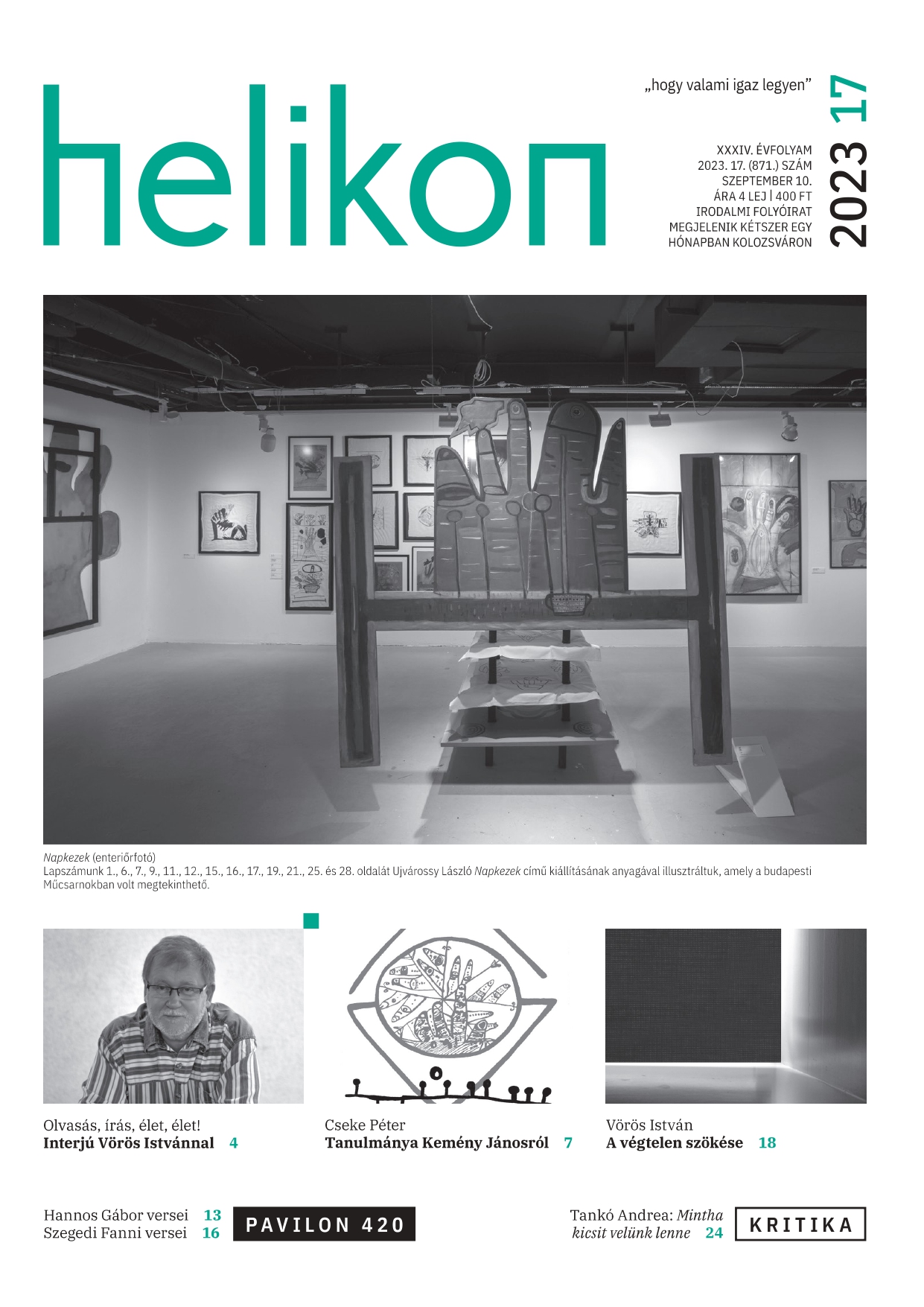
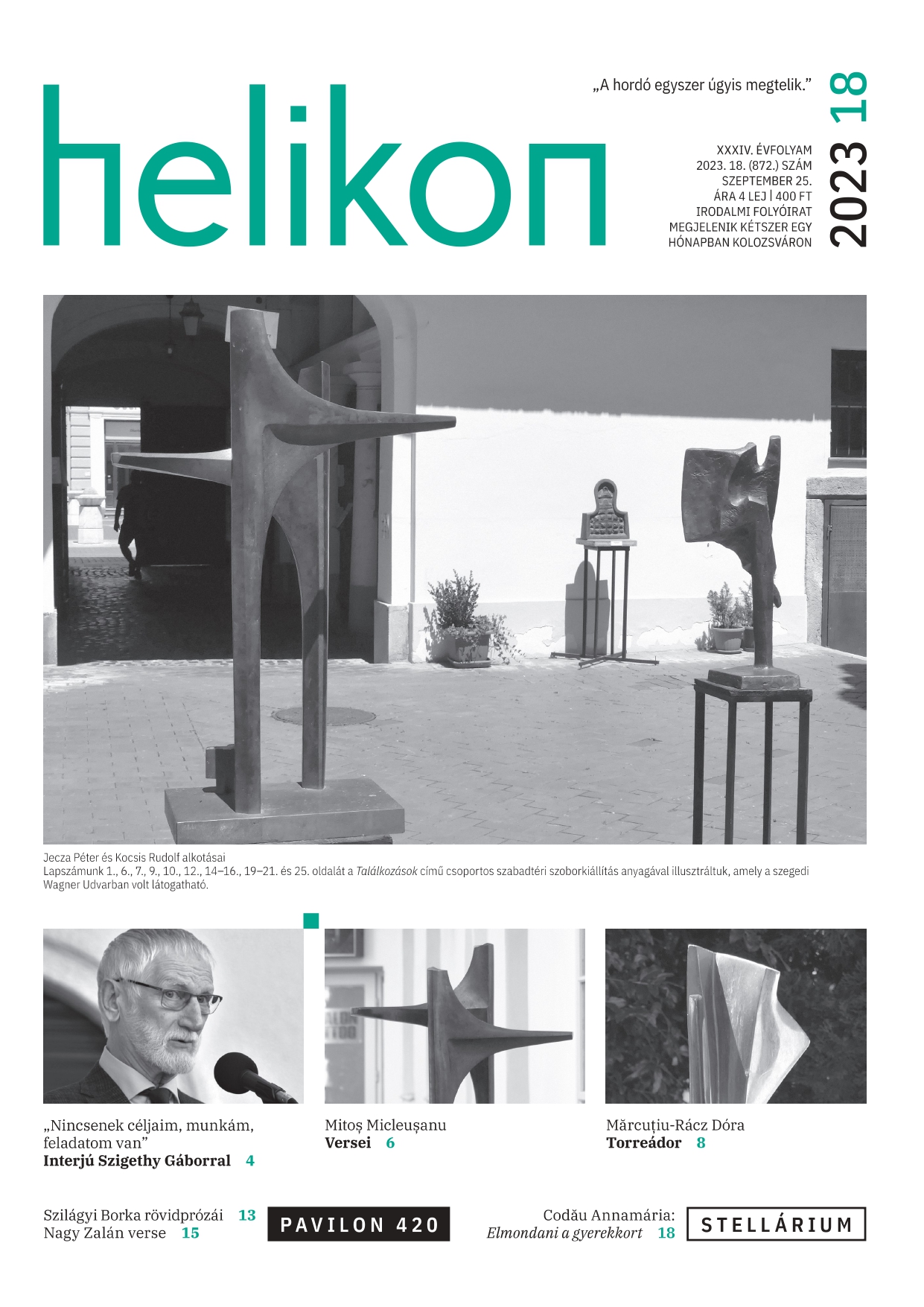

Szilárd Erni-Szakács's study of the short stories of Géza Páskándi.
More...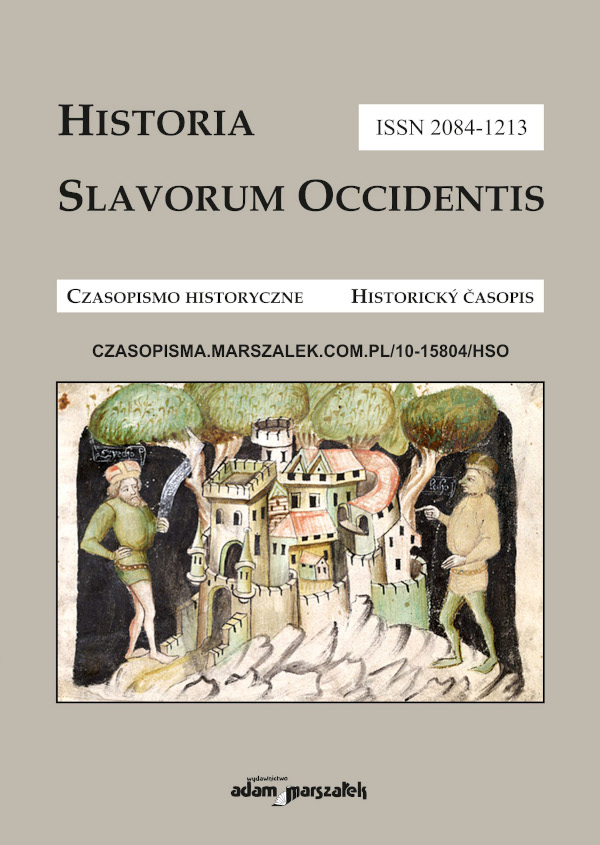
The article describes the way of presentation of the Slavs in the Hungarian medi- eval chronicles. They were only a background for the Hungarians as the subjugated popula- tion, therefore the Slavic tradition was generally uninteresting for the Hungarians. The Sclavi were one of the Slavic tribes only, identical to the Pannonian Slavs.
More...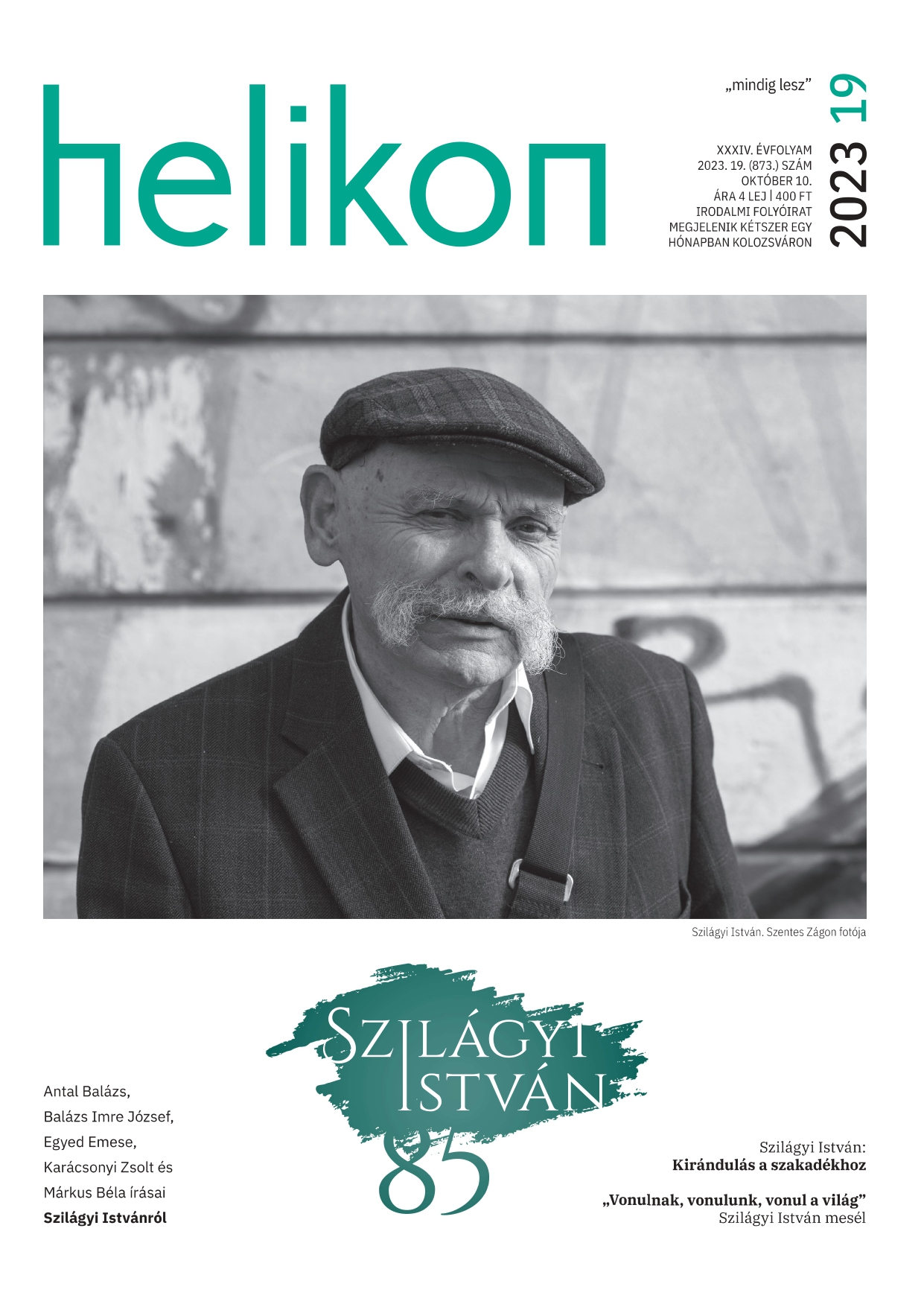

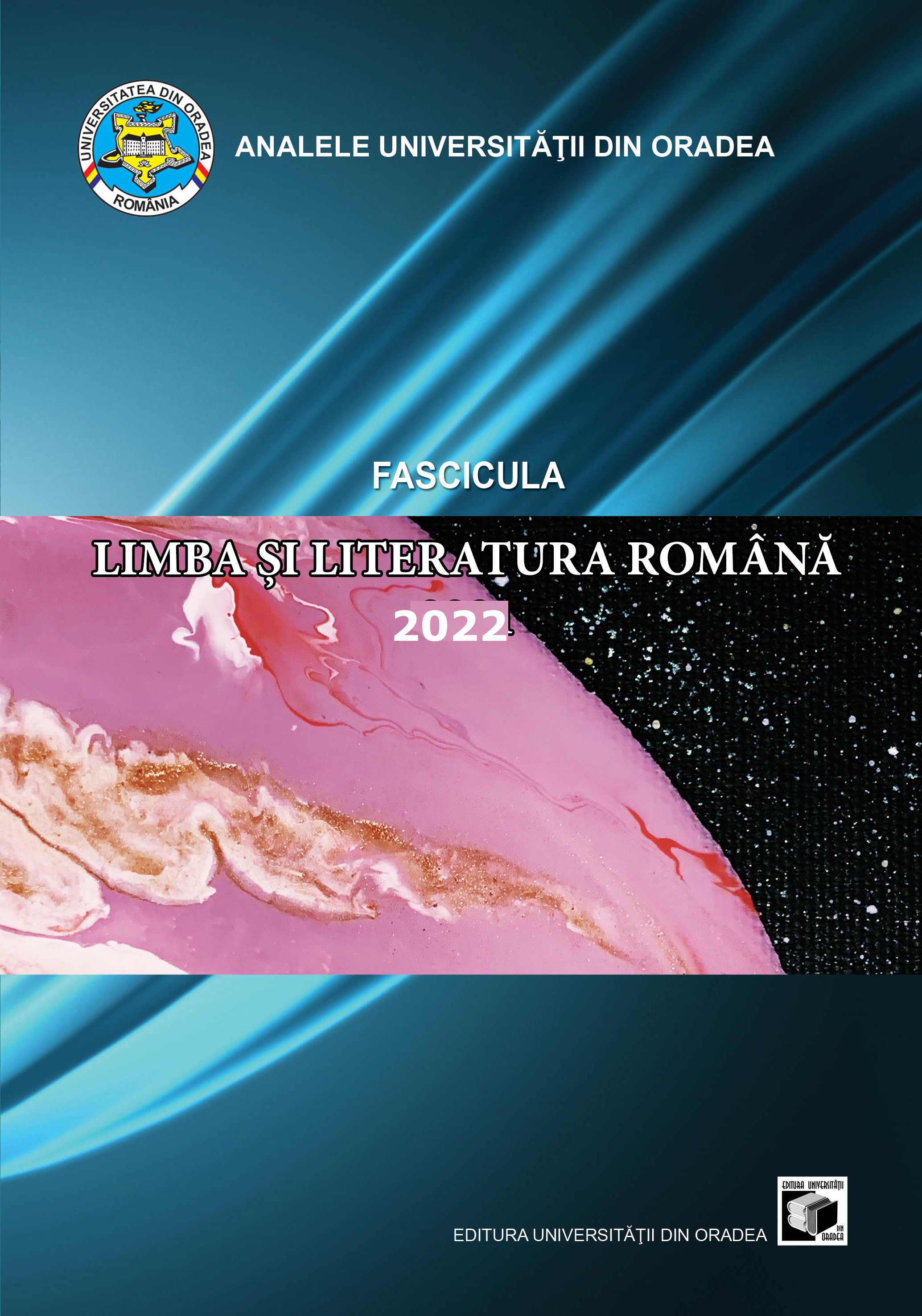
The book explores the intricate relationship between trauma and modernity, along the path of a 19th century Hungarian poet, navigating the societal progress that had changed the 19th century Salonta, by shaping the cultural identity of the place. Arany János was a role model even during his lifetime and remains a prominent figure in Hungarian culture to this day. Why is the poet Arany so important to Hungarians? What secrets did he possess that his contemporaries did not figure out?
More...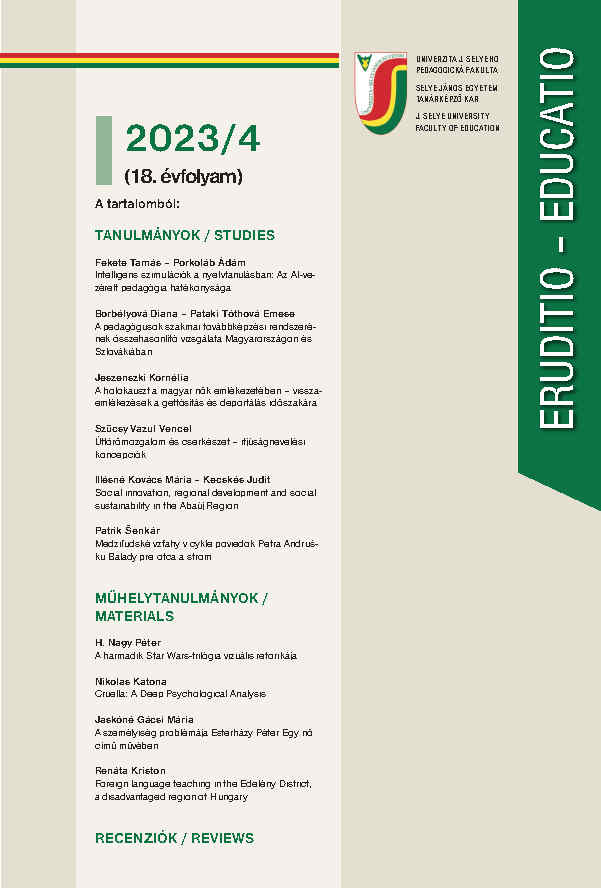
A Novel of Production was an important stage in the Hungarian prose turn. The Introduction to Literature and Esterházy’s later works, which could be interpreted as a further reflection on it, were rearranged in a direction in which the unresolved dilemmas already indicated came to the fore. The questions of the integrity of the personality and the relationship between personality and community came to the forefront of the horizon of the writer’s approach. The question is not unrelated to the context of spatial existence, because one of the burning issues of the post-regime change world is the question of self-interpretation of identity. Esterházy’s She Loves Me can be related to contemporary Hungarian and world literature that simultaneously posits the inability of the grand narrative and the self-identical narrative subject to function, linking this to the problem of the literary representation of gender roles. It is composed of ninety-seven short chapters, in which only the numbering shows a building character, since there is no narrative progression. The title is repeated in almost every short section, which may give the reader a sense of the hopelessness of constantly trying again. At the same time, the repetitive structure and the inherent differences and spatio-temporal shifts may lead the reader to rethink the fixed structures stuck in the tradition, which are no longer suitable for reinterpreting the integrity of identity and interactivity with the other.
More...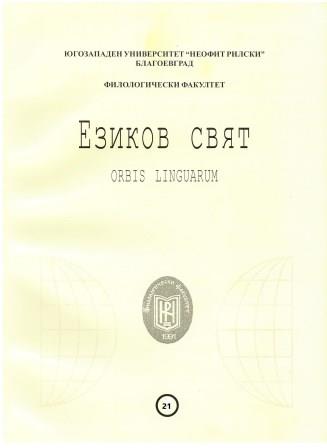
The present study is an overview of the reception of literary Hasidism and its impact on Hungarian literature after 1989. Even at the end of the 1980s, traces of the anamnesis of the Jewish and Hasidic heritage of rural Eastern Hungary can be discerned in literature and public discourse. In fact, we can speak of the reception of literary Hasidism after the end of the fall of the regime and the tabuization of Jewish topics. Indeed, publishing the Hungarian translation of Martin Buber’s (1995) and Jiří Langer’s (2000) collection of Hasidic stories has influenced several works of fiction. Géza Röhrig’s prose poetics of his “imaginary Hasidic stories” resemble those of the magical realism, with their traditional mixture of imitation and imaginary elements. Langer and other Hasidic story collections inspired some dramatic works in the years following the millennium, notably the plays of Péter Kárpáti, Martin Boross and Szilárd Borbély. Szilárd Borbély’s case is special for our study, as he incorporates Hasidic motifs and reminiscences in several of his works, but mixes them with Christian elements, creating a specific, culturally hybrid bricolage-poetics.
More...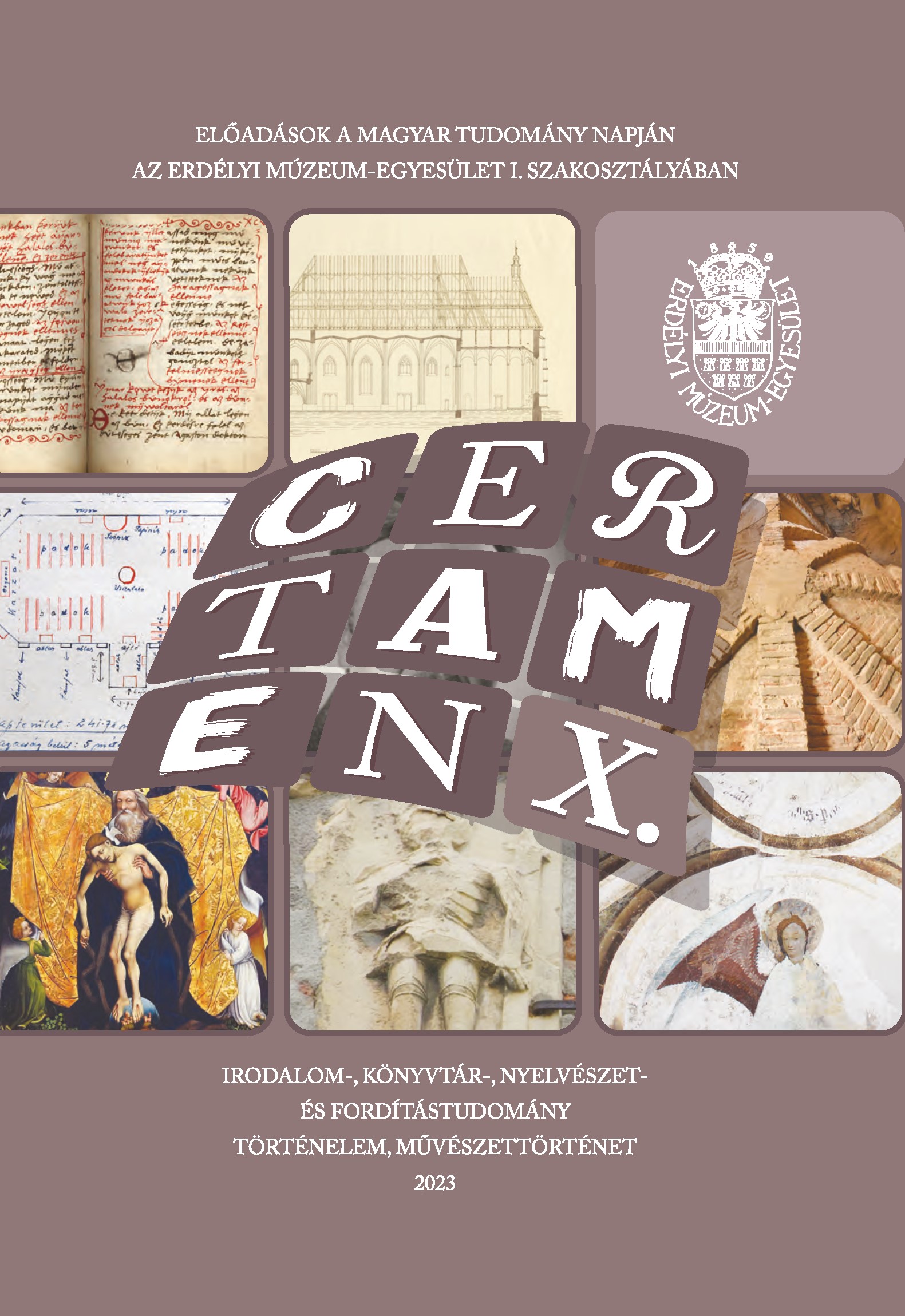
The study presents three texts of a 16th century Transylvanian manuscript collection, the Odorheiu Secuiesc Codex, primarily from the point of view of the history of reading. The graphic elements of the first two texts are interpreted as gestures of personalization, since the texts were created by a Franciscan monk, András Nyújtódi, for his beguine sister Judit. The third text is by a different hand but was also read by Judit Nyújtódi. In the parables of the meditation on death, he traces the workings of the exemplars that complement and illustrate the abstract scholastic meditation.
More...
The paper examines the ways Reformed priest István Szentjóbi Nagy represents in two manuscript funeral sermons his patrons, the siblings György and Ágnes Wass de Țaga (Cege), who died in 1703, and were buried on the 26th of September 1705, during the time of the Rákóczi War of Independence. In portraying the two deceased, Szentjóbi relies heavily on Biblical models. The text of the sermons served in the scribal publicity as devotional reading, consolation or conduct example for widow, for the Wass de Țaga family or even for the wider community.
More...

